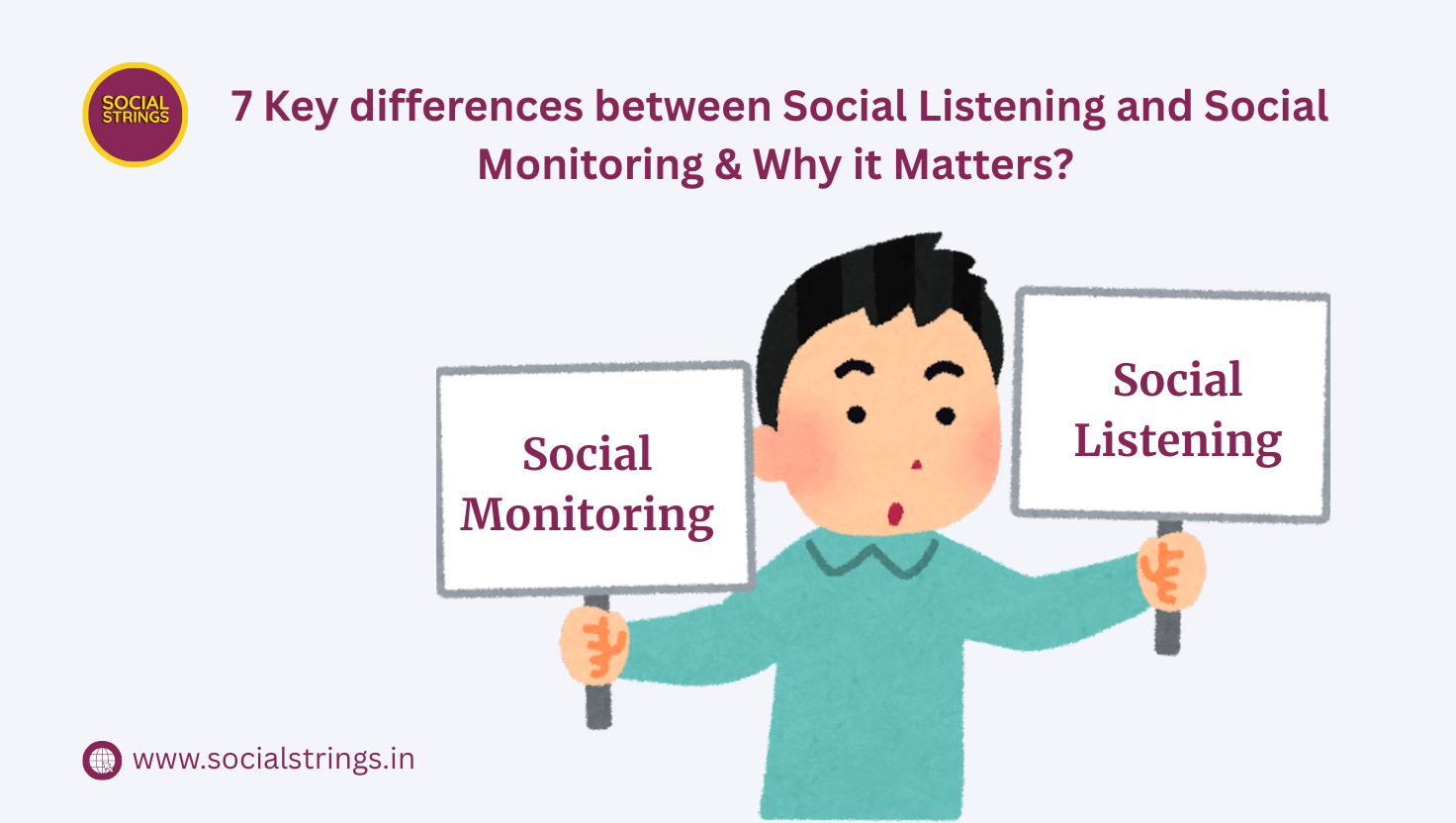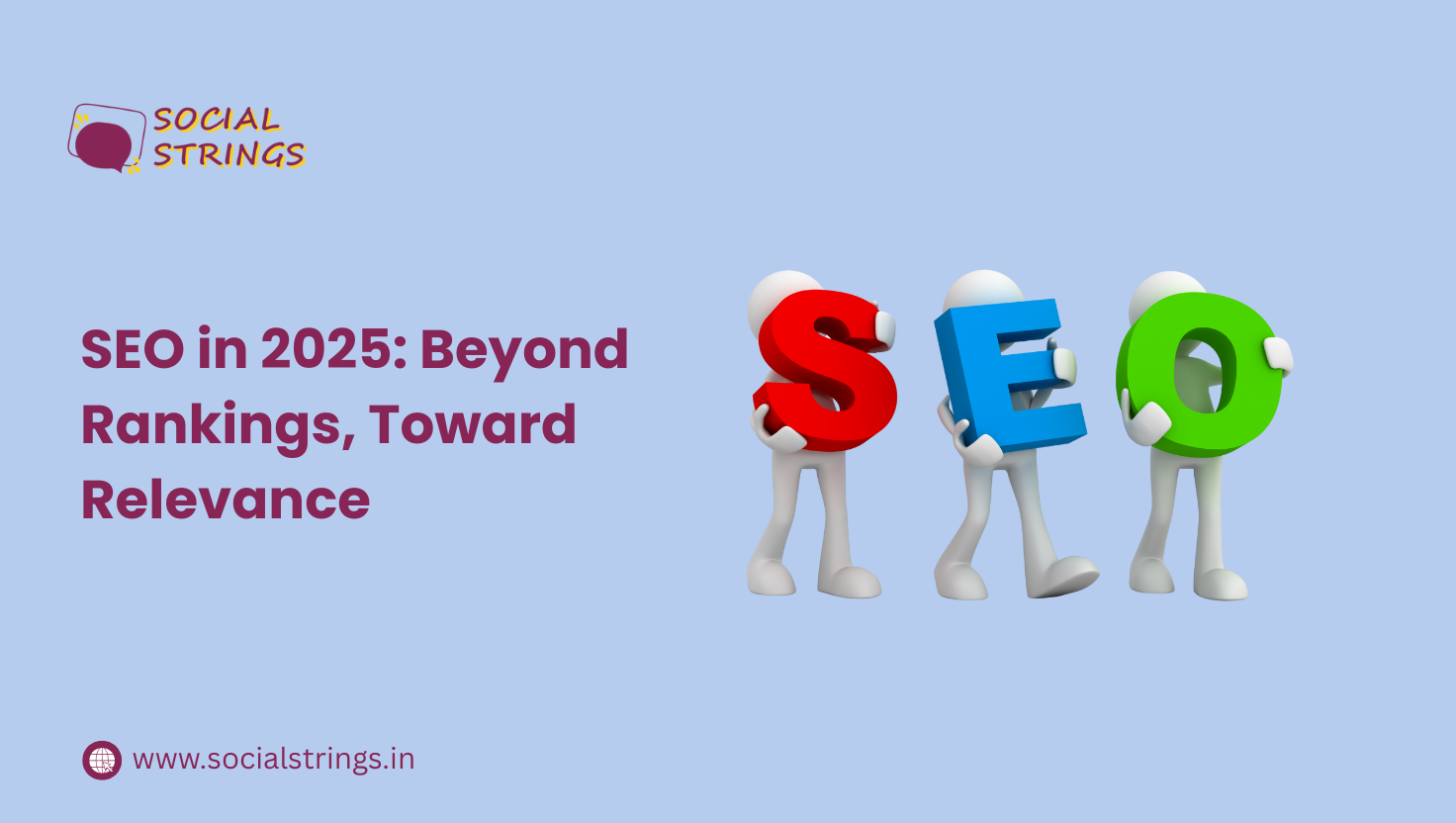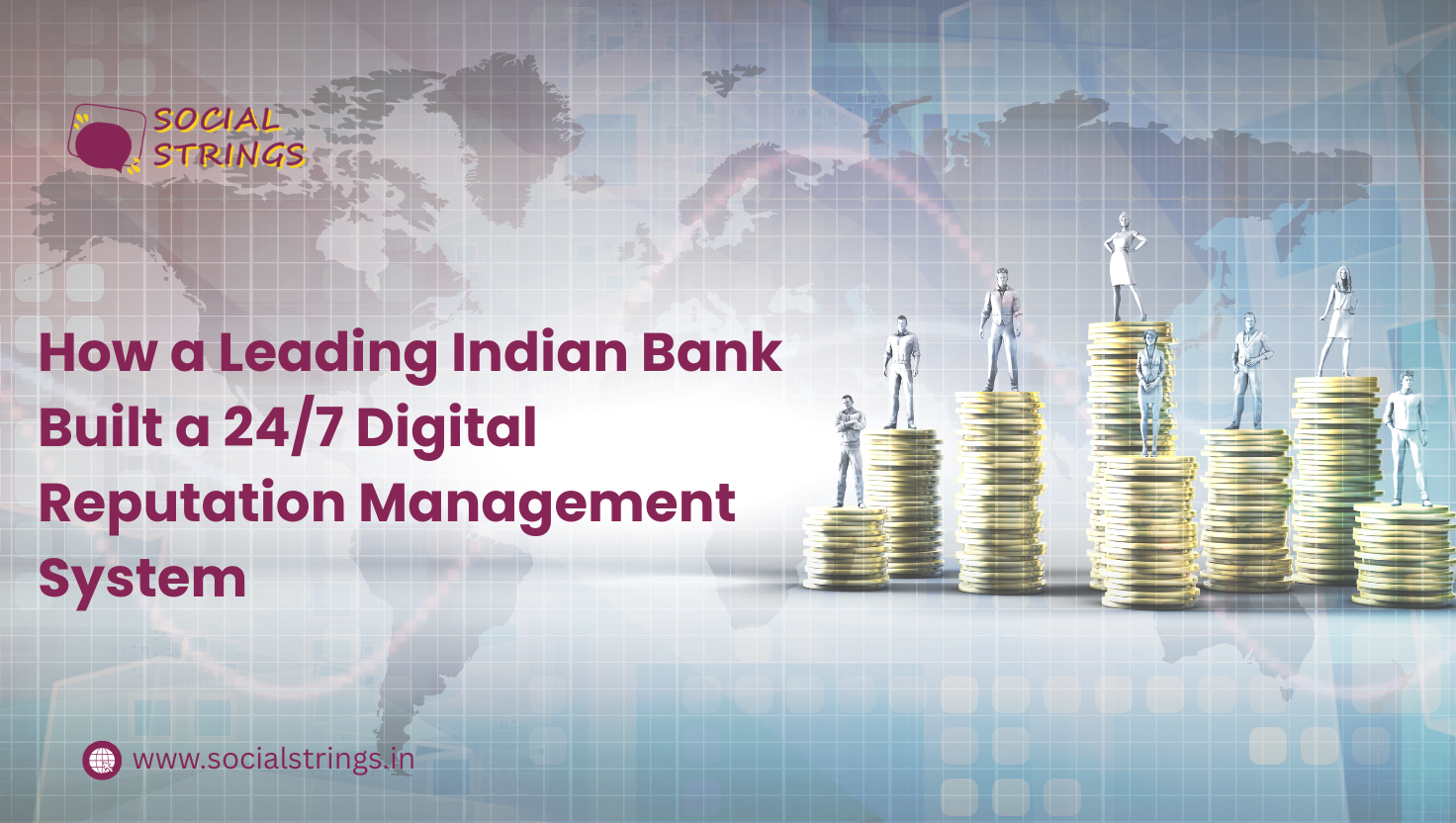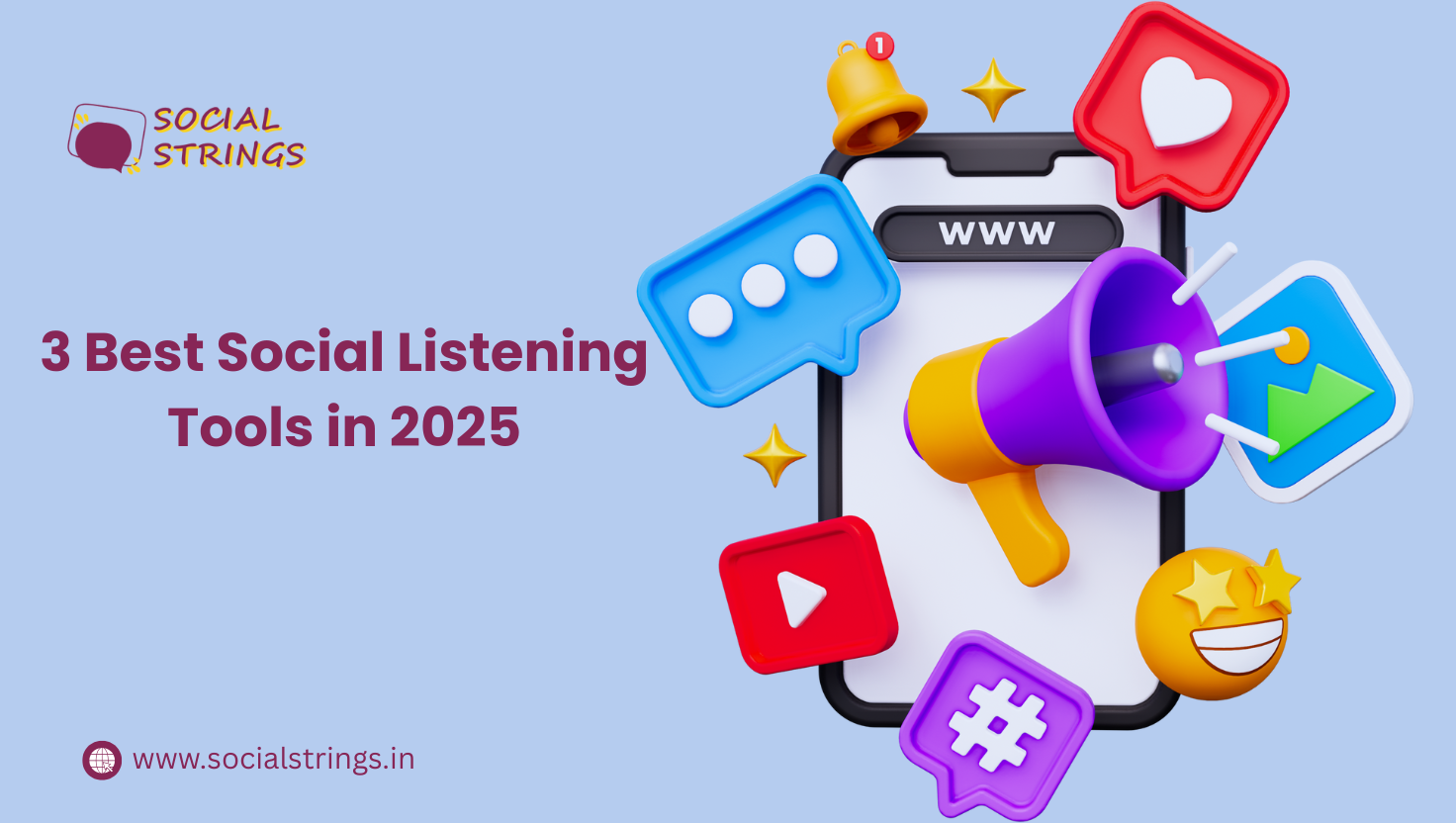A lot of people we meet often find themselves confused when asked about the difference between social listening and social monitoring. While both are closely related and vital to a brand’s social media strategy, each serves its own unique purpose.
Let’s make it simple.
Imagine you’ve just opened a small coffee shop. You eagerly watch every customer who walks in — listening to their feedback, noticing when someone looks unhappy, and thanking them for compliments. Over time, you realize that while reacting quickly to individual feedback is important, understanding broader patterns — like why certain flavors are trending, what customers expect from cafes in your area, and which new competitors are entering the scene — is crucial for growth.
This, in essence, is the difference between social listening and social monitoring.
Brands often think they are “listening” when they are actually just “monitoring.” Both are essential, but understanding the distinction between the two can be the game-changer that helps elevate your brand from simply reacting to actually leading conversations.
Let’s dive deeper into the 7 major differences between social listening and social monitoring — but first, let’s take a quick look at:
What is Social Listening?
Social listening — also known as social media listening — is the practice of tracking, analyzing, and interpreting conversations happening online about a brand, product, company, or individual.
It helps organizations understand public sentiment, customer needs, and emerging trends by tapping into the massive, unstructured world of online conversations.
Given the overwhelming amount of data generated daily, it’s crucial for brands to define their goals before launching a social listening initiative. Depending on the objective, brands might choose anything from free tools like Google Alerts to sophisticated, enterprise-grade platforms that offer deep analysis and CRM integration.
While traditional feedback methods still hold value, social listening has quickly become a powerful customer intelligence tool. Brands today use it for:
- Monitoring customer support forums to spot issues and opportunities
- Collecting comments and feedback from platforms like Facebook, Instagram, Twitter, and LinkedIn
- Inviting customers to suggest and vote on new product ideas, building collaboration and loyalty
Advanced tools can even scan blogs, forums, and niche communities, transforming unstructured conversations into structured, quantifiable insights that enable deeper analysis.
By actively listening to the digital chatter, brands can adapt faster, serve customers better, and stay ahead of the competition.
What is Social Monitoring?
Social monitoring is the process of tracking mentions, tags, comments, and direct messages related to your brand across social media platforms. It focuses on identifying and responding to individual interactions in real-time — whether it’s a customer complaint, a question, or a compliment.
The primary goal of social monitoring is immediate engagement and reputation management. Brands use monitoring to:
- Respond to customer queries or concerns promptly
- Address potential PR issues before they escalate
- Engage with positive mentions to build community and loyalty
- Track campaign-specific hashtags or mentions
Unlike social listening, which looks at the bigger picture, social monitoring zeroes in on the moment-to-moment conversations. It’s more about reacting than strategizing — but it’s equally essential for maintaining a healthy, responsive online presence

When to Use Social Monitoring vs Social Listening
Use social monitoring when:
- You want to offer prompt customer service
- You’re managing a campaign hashtag or a product launch
- You need to handle real-time issues or crises
Use social listening when:
- You want to understand customer sentiment at scale
- You’re planning a new campaign or product
- You want to stay ahead of competitors and trends
Why is Social Listening Important?
Social listening empowers companies to truly understand the conversations happening around their brand and industry. It offers insights that go beyond surface-level feedback, helping brands:
- Campaign Analysis: Evaluate how audiences are responding to marketing campaigns in real time and make necessary adjustments.
- Competitive Analysis: Gather valuable insights from conversations about competitors to discover opportunities for differentiation.
- Event Monitoring: Track audience reactions during major events like product launches, conferences, or webinars.
- Trendspotting: Identify emerging industry trends and consumer expectations before they become mainstream.
Social listening is one of the five pillars of a strong social media marketing strategy. The real magic lies in how brands act on the insights they gather.
For instance, if a campaign receives negative sentiment, companies can tweak messaging to align better with audience expectations. Observing positive conversations about competitors can inspire brands to adopt successful strategies.
Ultimately, social listening moves businesses beyond guesswork — tapping directly into authentic audience sentiment and building marketing strategies that genuinely connect.

7 Key Differences Between Social Listening and Social Monitoring
Understanding these differences between social listening and social monitoring is crucial for brands aiming not just to respond to their audiences but to deeply connect and evolve with them.
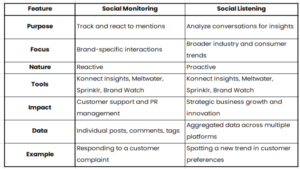
How Does Social Listening Work?
The core goal of social listening is to monitor meaningful conversations across platforms, understand the underlying sentiment, and adapt strategies to shape that sentiment positively.
The social listening process usually unfolds in three main steps:
Monitoring: Keep an eye on multiple channels for mentions of your brand, products, competitors, and trending industry keywords. Specialized tools automate this process and ensure no critical conversations slip through.
Analysis: Social listening digs deeper than basic monitoring. It uncovers emotions, attitudes, likes, dislikes, and expectations behind customer posts and reviews. Sentiment analysis tools reveal powerful patterns and emerging trends.
Response: Based on insights gathered, brands can act — whether by responding quickly to customer concerns or reshaping an entire marketing strategy to align better with evolving consumer sentiments.
Beyond real-time engagement, brands can also leverage social listening to:
- Identify new prospects or address dissatisfied customers
- Measure the customer experience (CX) across touchpoints
- Analyze campaign ROI or optimize strategies through A/B testing
By consistently listening, analyzing, and acting, brands don’t just follow conversations — they actively lead them.
How Can Social Strings Help?
At Social Strings, we believe that true success comes not just from hearing your customers but truly understanding why they say what they say. We go beyond basic monitoring to deliver true social listening services customized for your brand’s unique goals.
Our team uses advanced tools to:
- Track brand mentions in real-time for proactive customer support
- Analyze broader industry conversations to spot emerging trends
- Study sentiment shifts to guide smarter campaign strategies
- Monitor competitor activities for insights and differentiation
- Transform social data into actionable business intelligence
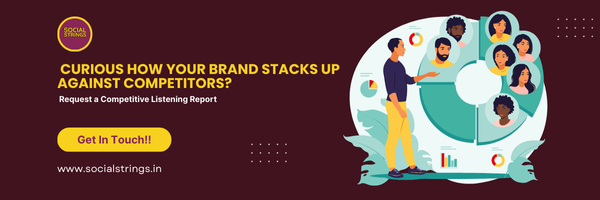
Social listening and social monitoring are both indispensable parts of a winning social media strategy — but understanding their roles and knowing when to use each is what separates reactive brands from strategic leaders.
If you’re still unsure where to begin, let Social Strings guide your brand toward actionable insights and stronger audience connections. Contact Us Now!!
📚 References
Hootsuite Blog – https://blog.hootsuite.com/social-listening-business
Brandwatch – https://www.brandwatch.com/blog/social-listening
Talkwalker – https://www.talkwalker.com/blog/social-listening-vs-social-monitoring
